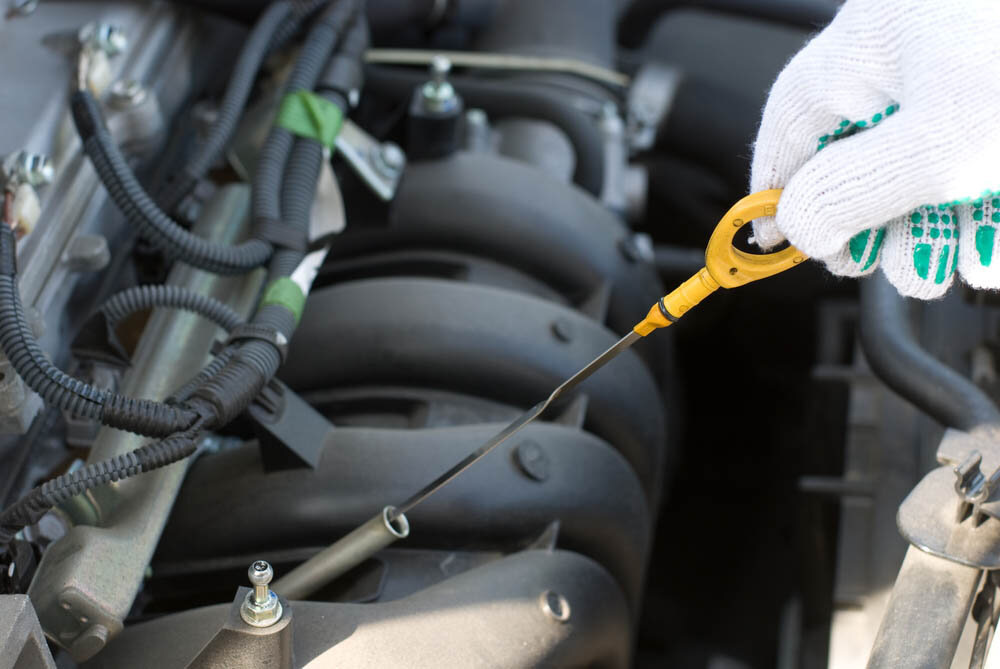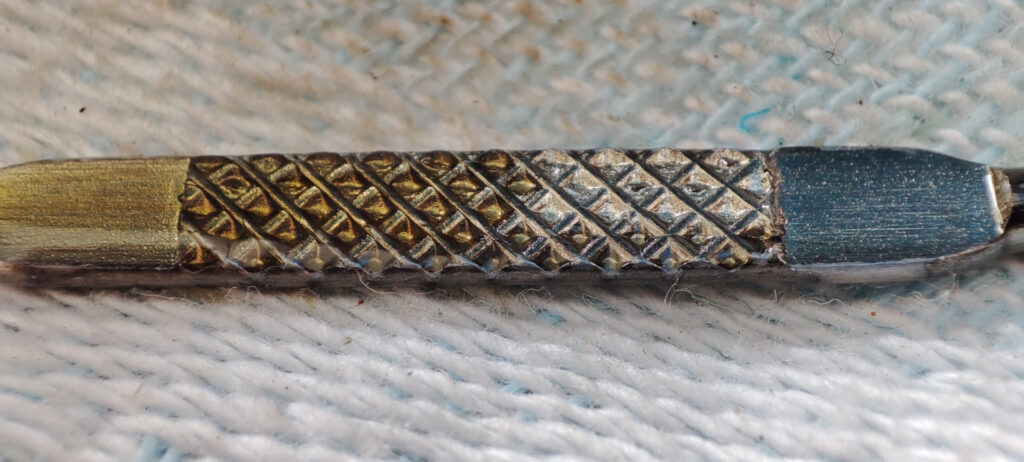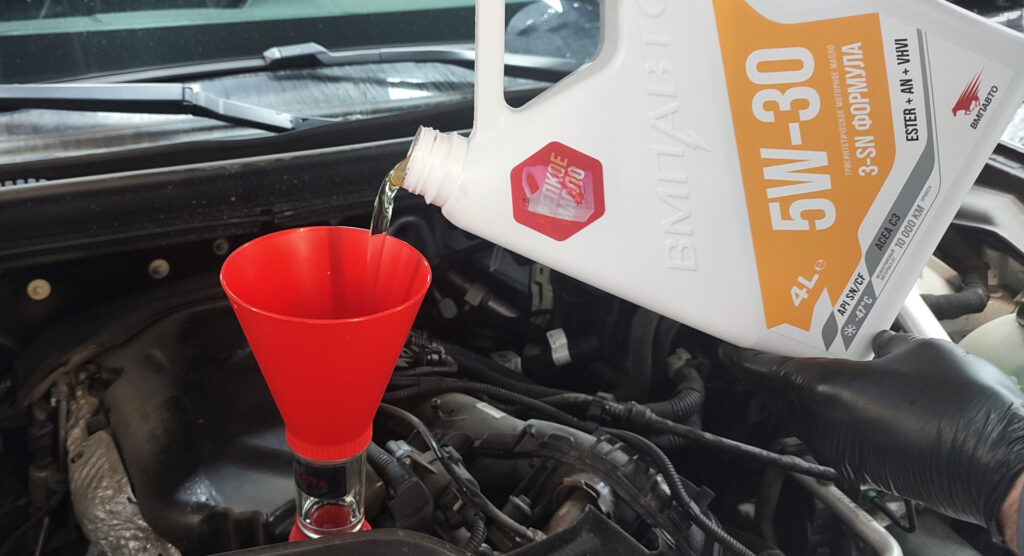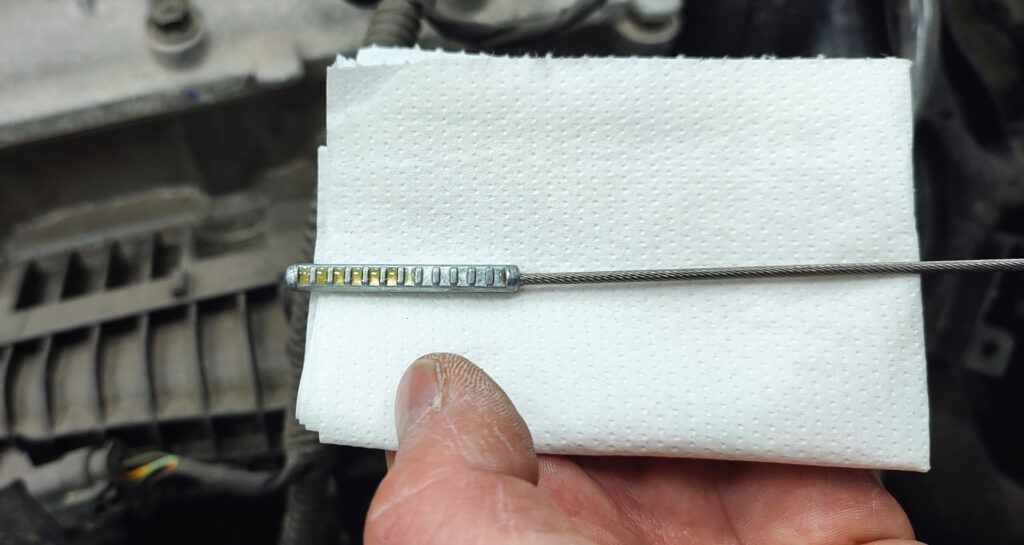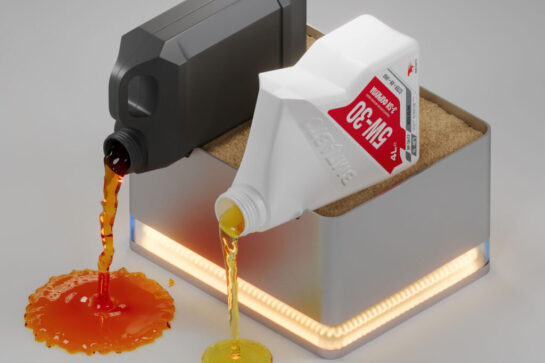My oil dipstick! Tell me the whole truth
Drivers have been monitoring the oil level ever since oil was in the engine crankcase. Times have changed, but one thing has remained constant – the oil dipstick is one of the main tools for monitoring the condition of the engine, along with compressometers, endoscopes, stethoscopes and other means of control. What can it tell us?
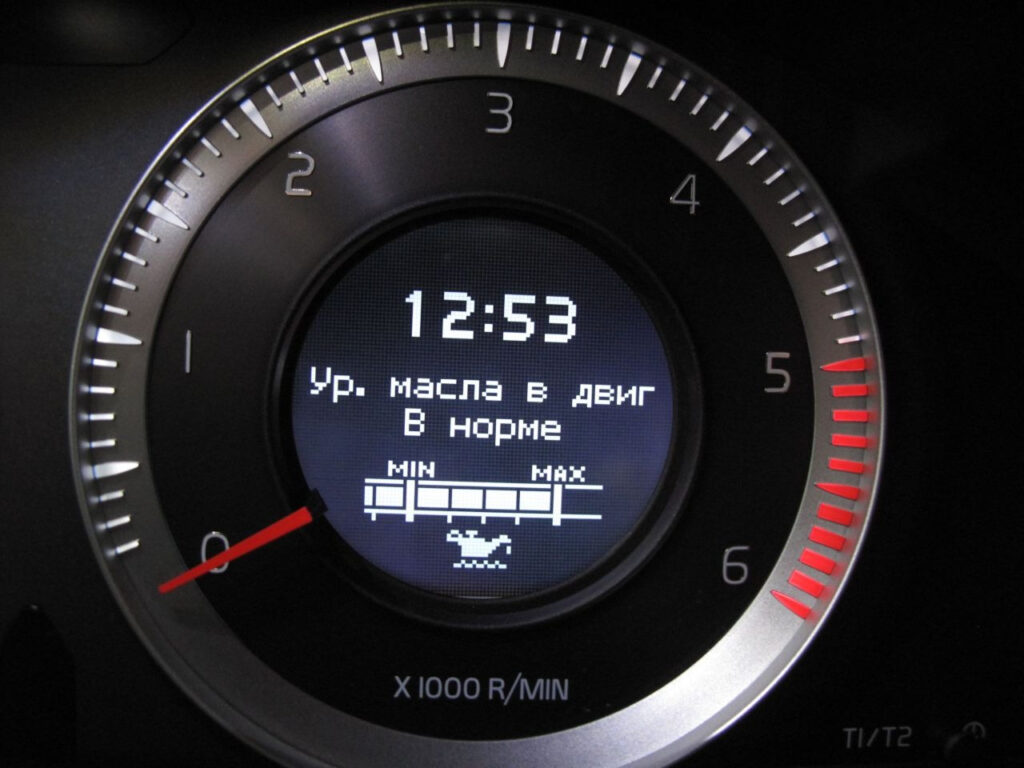
To begin with, the dipstick is used to determine whether the engine is filled with enough oil for the next oil change. By the way, not many people know that an average four-cylinder passenger car engine usually has a liter of oil between the Min and Max marks. This allows you to estimate how much oil the engine has “eaten” for this or that mileage and whether you should raise the alarm or oil consumption is normal.
By the way. Most automobile enthusiasts have formed the opinion that a healthy engine should not eat oil at all. As an argument is given the fact that from change to change the oil level on the dipstick has not changed. This statement is erroneous. Even in a perfectly operational engine, oil is consumed. First of all, the part of oil that remains on the cylinder walls at the moment of the piston stroke burns out. Oil-removing and compression rings, constructively leave a part of oil after its passage. In addition to this, the chon is also applied to the cylinder walls to retain it. Without this thin layer of oil, the rings would move on dry cylinder walls. In addition, some of the oil, despite the oil traps, is thrown into the combustion chamber with the crankcase gases, where it is burned during engine operation.
All these losses are insignificant. However, if you translate them into real volume, a functioning engine with perfectly matched oil can have an oil loss of 10 to 30 ml per 100 kilometers, depending on the design and operating modes. Accordingly, a thousand kilometers can already accumulate from 100 to 300 ml of oil. That, let us repeat, is the norm. Manufacturers, being reinsured, lay down up to one liter of oil per thousand kilometers of mileage. And it is prescribed in the instruction manuals for automobiles. Consequently, there is oil loss in the engine. It cannot not be.
It is another matter when the oil loss goes beyond the limits of decency and the oil level drops almost in front of your eyes. This is a reason to think about the condition of the engine. There may be many reasons. From lodging of oil rings and dried oil caps to the wear of the cylinder. In the latter case, a major engine overhaul is necessary.
But what about those who claim that there is little or no oil loss from change to change. Everything falls into place when you start asking what condition the waste oil was in. It turns out that it was more like water and smelled like gasoline. The latter actually explains everything. On many cars oil in the process of operation is greatly diluted with gasoline, thus compensating for the eaten volume. At the same time, the change of consistency is not so noticeable on the dipstick, so the owners think that the oil does not go off at all. Condensate, which accumulates in oil over time, also contributes to the increase in oil volume. It should be noted that laboratory analyses of such oils show that they completely lose their properties.
There is another misconception about the dipstick and oil quality. Some owners are delighted when, after several thousand kilometers, they pull out the dipstick and the oil on the dipstick scale is golden and almost fresh. However, this is an indicator that the oil does not wash the engine at all and has low dispersing properties.
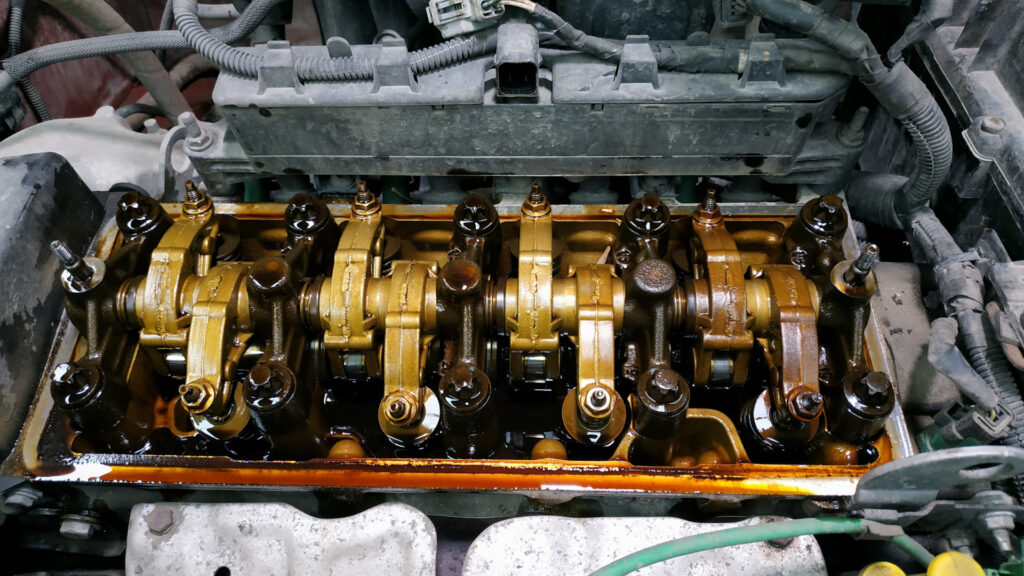
As a result, the oxidation products of the oil are deposited on engine parts instead of being retained by the engine. The result of using such oil, as a rule, is engine parts covered with a thick layer of varnish and sludge. By the way, if you look carefully at the dipstick, the process of lacquering can be observed on it. And it should alert a serious driver.
It is much better when the metal or plastic of the dipstick is clean and the oil has already begun to darken. This indicates that the engine oil has good cleaning and dispersing properties. Such oil, as a rule, already by the first thousand mileage looks darker than it was originally in the canister. And the darker it gets with mileage, the cleaner the engine is.
As you can see, despite its primitive nature, the oil dipstick can tell you a lot. You just need to learn how to look at it. By the way, you should do it with the engine shut off and after the oil has completely drained into the crankcase. As a rule, it takes about fifteen minutes. In general, make it a rule to check the level of all fluids and oils, if not every day, then at least once a week. This will avoid unforeseen repairs and financial investments.

